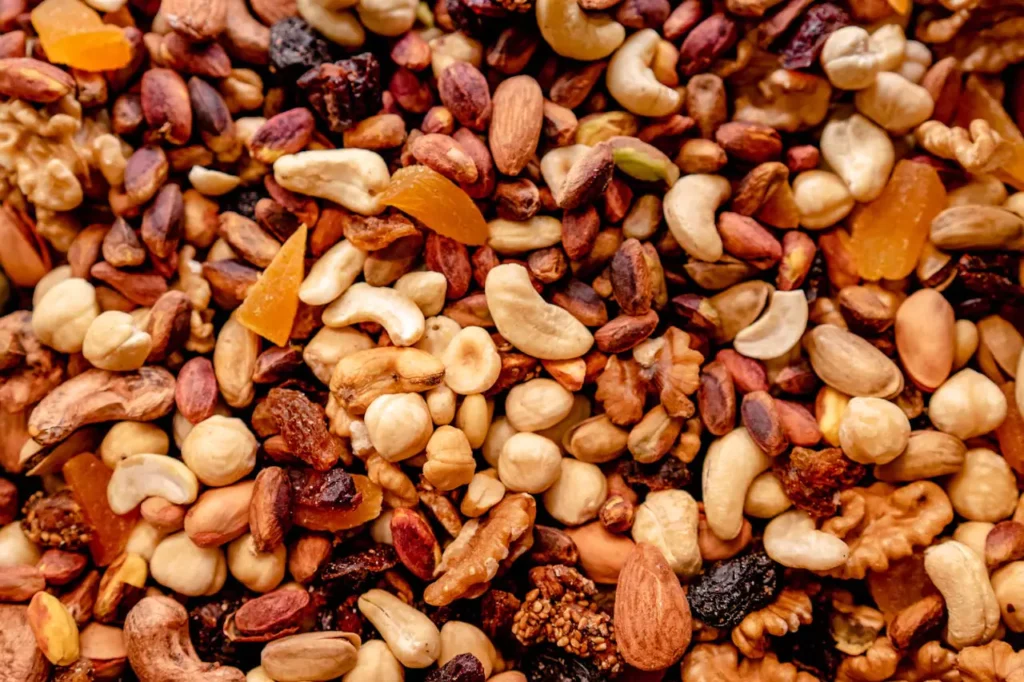
The “Protein Ingredients Market Global Report by Products, Form, Applications, Country, and Company Analysis 2025-2033″ has been included in ResearchAndMarkets.com’s offerings.
According to the report, the protein ingredients market is projected to grow from US$ 50.31 billion in 2024 to US$ 89.21 billion by 2033, at a compound annual growth rate (CAGR) of 6.57% from 2025 to 2033. This growth is driven by factors such as increasing health consciousness, demand for functional foods, and a shift toward plant-based and animal-derived protein sources in food and beverages.
Market Growth and Trends
The demand for protein ingredients has increased significantly due to evolving dietary habits and the growing preference for high-protein, sustainable, and nutritious diets. Key drivers include the rise in plant-based diets, health-conscious consumers, and the expanding market for protein-rich snacks, beverages, and dietary supplements. Consumers are looking for alternatives to animal-derived proteins, leading to a surge in the demand for plant-based protein ingredients such as soy, peas, hemp, and rice. Furthermore, advancements in functional ingredients and protein fortification are accelerating the development of innovative products across multiple industries, including food, beverages, and nutraceuticals.
The sports nutrition sector is another significant contributor to this growth. With a rising focus on protein consumption for muscle recovery and performance enhancement, sports nutrition products are gaining traction. However, challenges such as raw material procurement remain a concern. To address this, companies are investing in innovation and sustainability. For instance, Roquette inaugurated a food innovation center in Lestrem, France, in June 2023, which includes a display kitchen, a sensory analysis lab, and collaborative spaces for experimenting with various plant-based ingredients.
Key Growth Drivers
Rising Popularity of Plant-Based Diets
The increasing shift towards plant-based diets, including veganism, vegetarianism, and flexitarianism, is a major driver for the protein ingredients market. Consumers are choosing plant-based protein sources due to ethical concerns regarding environmental sustainability, animal welfare, and personal health. According to a Statista analysis, plant-based and soy proteins are among the preferred choices for vegans and individuals with dietary restrictions.

Advancements in Food Technology
Technology plays a crucial role in the development of protein ingredients. Innovations in harvesting, processing, and end-product formulation have enhanced the use of proteins in food processing and nutrition. Techniques such as microencapsulation, hydrolysis, and spray drying have enabled manufacturers to develop ingredients with improved functionality and application versatility. Additionally, governments worldwide are supporting the development of novel protein sources such as lab-grown meats and algae-based proteins, further contributing to market expansion. These technological advancements have also facilitated regional market penetration by providing diverse ingredients with unique health benefits.
Growing Health Consciousness
With increasing awareness of the importance of a well-balanced, protein-rich diet, the demand for high-protein foods, beverages, and supplements is on the rise. Consumers recognize the role of protein in immune support, muscle development, weight management, and overall well-being. The market is experiencing growth due to heightened demand for protein-enriched products, particularly among health-conscious individuals. Moreover, strong marketing and promotional campaigns by food and beverage companies, emphasizing the benefits of protein consumption, have further fueled consumer interest.
Challenges Facing the Protein Ingredients Market
Consumer Perception and Acceptance
Despite the rising demand for plant-based proteins, consumer acceptance remains a challenge. Concerns over taste, texture, and nutritional composition compared to traditional animal-based proteins persist. Many consumers are hesitant about plant-based alternatives due to differences in flavor, mouthfeel, and digestibility. The distinct texture of plant proteins, such as soy and pea protein, may not appeal to those accustomed to the smoother consistency of animal-derived proteins like whey or beef.
To overcome this challenge, continuous innovation in product formulation is required. Companies are focusing on improving taste and texture through advanced processing techniques, blending various protein sources to enhance nutritional profiles, and ensuring that plant-based proteins offer comparable or superior benefits to animal-based alternatives.
Market Saturation and Competition
The increasing number of companies entering the plant-based protein market has led to intense competition. As a result, differentiation through product quality, innovation, and sustainability has become crucial. Brands that prioritize taste, texture, and nutritional value have a higher chance of capturing consumer interest, especially as the market matures.
Sustainability is also playing a significant role in product differentiation. Companies that focus on eco-friendly packaging, ethical ingredient sourcing, and waste reduction in production are gaining a competitive edge. Consumers are gravitating toward brands that align with their values, such as environmental responsibility and ethical business practices. To remain competitive, companies must balance quality, innovation, and sustainability efforts.





